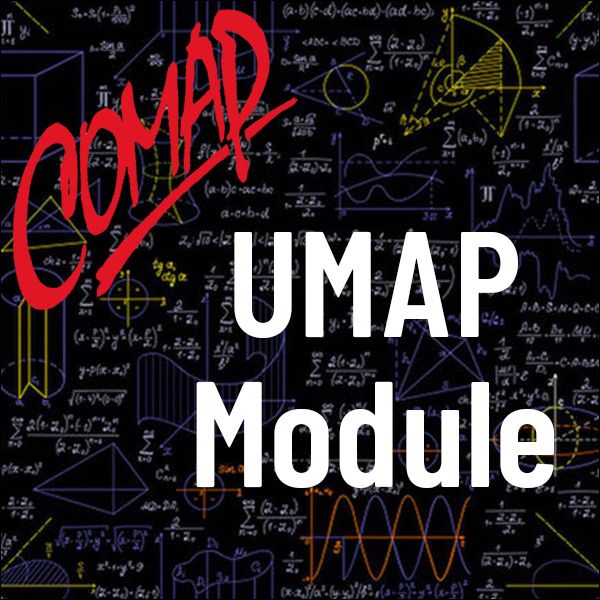Option Pricing Using Arbitrage and Stochastic Calculus
Author: Paul Isihara with Drew Bixby, John Felker, Michael Kerins, Henry Kuo, Daniel Slye and Michael Izatt
1. INTRODUCTION
2. ARBITRAGE VALUATION OF OPTIONS
2.1 Present Value
2.2 Arbitrage Pricing of a Call Option
2.2.1 Hedging Claims
2.3 Put-Call Parity
2.4 A Binomial Model
2.5 A Three-Period Binomial Model
2.5.1 Sample Spaces, σ-Fields, and Filtrations
2.5.2 Random Variables and Stochastic Processes
2.6 Tower Property 2.7 Discrete-Time Martingales
2.7.1 Using Martingales to Price Options
2.7.2 Self-Financing Portfolios that Replicate a Claim
3. STOCHASTIC CALCULUS AND INSTANTANEOUS PRICE CHANGES
3.1 Variation of the Stock Price Function
3.2 Understanding the General Form of a Stock Price Function
3.2.1 Step 1: Stock Price as a Function of Time and Risk
3.2.2 Step 2: Construct a RandomWalk
3.2.3 Step 3: Construct a Brownian Motion
3.2.4 Step 4: Stock Price as a Function ofTime and Brownian Motion
3.3 Stochastic Integration 3.4 Continuous Time Martingales andWiener Processes
3.5 Mean Square Limits 3.6 The ItÀÜo Integral
3.7 Stochastic Differential Equations for Stock Price
3.8 Statement of ItÀÜo's Lemma
3.9 Utilizing ItÀÜo's Lemma
4. THE BLACK-SCHOLES EQUATION
5. FURTHER STUDY
6. SOLUTIONS TO SELECTED EXERCISES
7. REFERENCES
ACKNOWLEDGMENTS
ABOUT THE AUTHORS
This Module serves as an undergraduate level introduction to options pricing by means of arbitrage and stochastic calculus.
Section 2 introduces the concept of arbitrage and shows how options are priced so as to avoid unfair market advantage (arbitrage). Options also may be used to hedge claims. A three-period discrete binomial model is then used to introduce the concept of martingales.
Section 3 uses arbitrage to explain why stock price cannot be a differentiable function of time. It then develops a stochastic model for stock price, as described by stochastic differential equations and their stochastic integral equivalents. Finally,
Section 4 combines the ideas of arbitrage, hedging claims, and stochastic differential equations to obtain the celebrated Black-Scholesequation for pricing European call options.

Mathematics Topics:
Application Areas:
Prerequisites:
You must have a Full Membership to download this resource.
If you're already a member, login here.